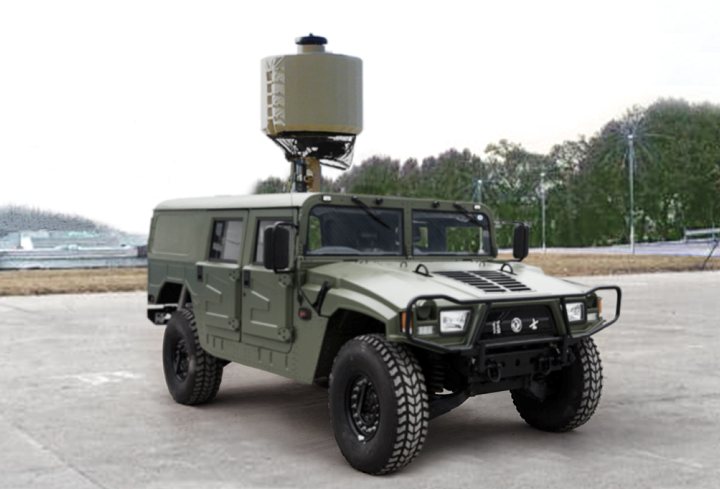The increasing use of Unmanned Aerial Vehicles (UAVs), or drones, has led to a growing need for effective UAV detection radar systems to ensure safety and security. While these radar systems play a crucial role in identifying and tracking UAVs, they are not without their limitations and challenges. In this article, we will delve deeper into the key limitations faced by UAV detection radar and explore potential solutions to overcome them.

1. Size and Range Limitations:
UAV detection radar systems traditionally designed for aviation surveillance may struggle to detect smaller UAVs operating at low altitudes. Their limited range can hinder timely detection, especially in restricted areas. To address this, researchers are developing compact and lightweight radar systems specifically tailored for UAV detection. These systems leverage advanced signal processing techniques and improved antenna designs to enhance detection capabilities while maintaining a small form factor. Integrating multiple radar systems with overlapping coverage can also provide a comprehensive detection network, ensuring no UAV goes unnoticed.
2. Stealth and Low Radar Cross-Section:
Some UAVs employ stealth technology or have a low radar cross-section (RCS), making them difficult to detect using conventional radar systems. Stealth features and materials minimize radar signal reflection, reducing UAV visibility on radar screens. UAVs with a low RCS produce weak radar returns that can easily blend with background clutter. To tackle this challenge, researchers are exploring advanced radar technologies such as synthetic aperture radar (SAR) and multi-static radar systems. SAR utilizes complex algorithms and high-resolution imaging to detect and classify UAVs based on their unique radar signatures. Multi-static radar systems, comprising multiple spatially distributed radar nodes, improve detection by leveraging cooperative target detection and multi-angle observations.
3. Clutter and False Alarms:
UAV detection radar systems are susceptible to clutter and false alarms caused by environmental factors, including birds, windblown debris, and atmospheric conditions. These false alarms can lead to unnecessary disruptions and difficulty distinguishing UAVs from harmless objects. Advanced signal processing algorithms and machine learning techniques can mitigate this challenge. By analyzing radar returns and identifying patterns, these systems can differentiate between UAVs and other objects, reducing false alarms. Integration with complementary sensors such as electro-optical and infrared cameras further enhances target identification and classification.
4. Signal Interference and Countermeasures:
UAV operators may employ countermeasures to disrupt or deceive radar systems, such as frequency hopping, waveform modulation, or radar-absorbing materials. To overcome these countermeasures, UAV detection radar systems need to continuously evolve and adapt. This includes implementing advanced digital signal processing techniques, encryption methods, and frequency agility to maintain detection capabilities despite interference. Collaboration with other defense technologies, such as electronic warfare systems, can also enhance the effectiveness of UAV detection radar by countering the countermeasures employed by UAV operators.
UAV detection radar systems are crucial for ensuring the safety and security of airspace in the face of increasing drone usage. While they face limitations and challenges, ongoing research and technological advancements are addressing these issues. By developing compact radar systems with extended range capabilities, leveraging advanced radar technologies like SAR and multi-static systems, mitigating clutter and false alarms, and countering signal interference, the effectiveness of UAV detection radar can be significantly improved. With continued innovation, UAV detection radar systems will continue to play a vital role in securing our airspace and adapting to emerging threats.
At our website, we provide a comprehensive range of radar technologies that address these challenges and offer cutting-edge solutions for UAV detection. As a trusted manufacturer and exporter, we take pride in our expertise and commitment to delivering reliable and advanced radar systems. Visit our website to explore our wide range of radars and learn more about our proprietary radar technologies. With our state-of-the-art solutions, you can trust us to meet your UAV detection needs and ensure the safety and security of your airspace.
Remember, with our radar systems, you can detect, track, and respond to UAVs with confidence, making airspace protection a seamless reality. Trust our industry-leading expertise and join the ranks of satisfied customers who rely on our radar technology. Visit our website today and experience the difference firsthand.

